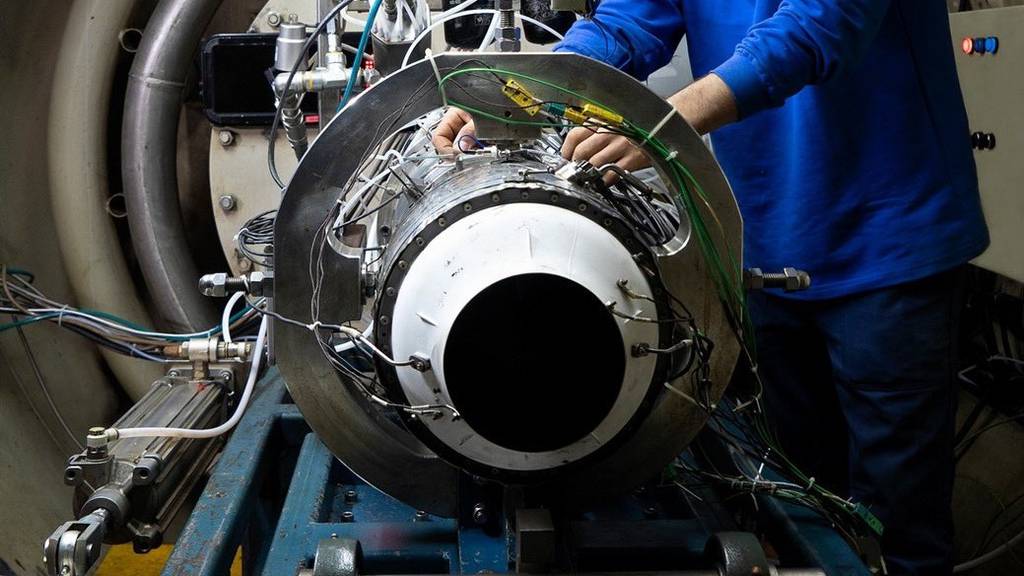The engine-developer Kale R&D has completed the first deliveries of the KTJ-3200, the country’s first indigenous turbojet engine, which will power the homemade standoff missile and Atmaca anti-ship missile.
One KTJ-3200 was sent to the TUBITAK Defense Industries Research and Development Institute for the standoff missile, and another was delivered to Roketsan for the Atmaca. The first standoff cruise missiles to be equipped with the KTJ-3200 are expected to be fired in 2022.
A contract for the serial production of the KTJ-3200 engine was signed in Istanbul during the International Defense Industry Fair, which took place on August 17-20.
“The project began in 2012 with the goal of supplying power to indigenous [standoff] missiles. However, because the development and testing phases of the Atmaca missile were completed concurrently with the development phase of the engine project, it became possible to use the engine in the Atmaca missile as well,” a defense industry source told Defense News on condition of anonymity, per the source’s employer’s policy.
Notably, the KTJ-3200 was made using domestic resources, the source explained.
The KTJ-3200 project is unrelated to the development of indigenous jet engines, the source said, adding that “the first critical step in future aircraft engine development is to design a long-lasting engine.” The KTJ-3200 is capable of supporting a missile’s flight throughout its entire mission (which is for only about 15-20 minutes).
The KTJ-3200 was specifically developed for use on cruise missiles, drones as well as what a Presidency of Defense Industries brochure ambiguously called “similar applications.”
The engine previously demonstrated its performance in altitude and Mach-speed conditions at the Altitude Test Facility housed within Kale R&D’s Development and Test Center. It was validated after a variety of tests, including a flight test that included trials of endurance, water ingestion, distortion, MIL-STD-810 environmental performance.










